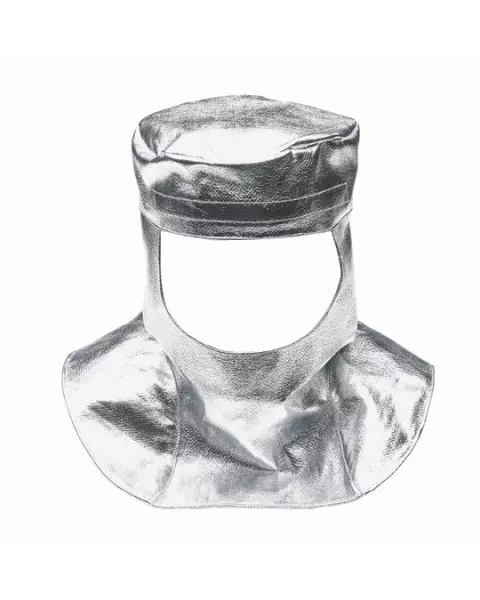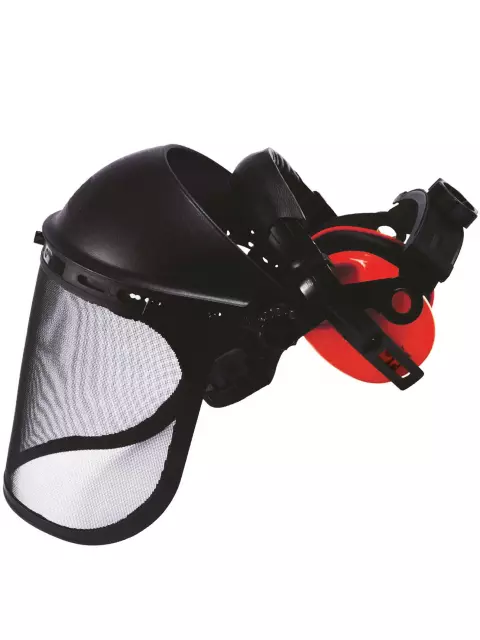Face Shields & Hoods
Face shields and hoods, also known as protective visors and safety hoods, are essential personal protective equipment (PPE) designed to safeguard the face and head from hazards such as chemical splashes, flying debris, and infectious materials. Commonly used in industries like manufacturing, healthcare, construction, and chemical processing, these products provide a critical barrier against potential workplace injuries and contamination.
Face shields and hoods, also known as protective visors and safety hoods, are essential personal protective equipment (PPE) designed to safeguard the face and head from hazards such as chemical splashes, flying debris, and infectious materials. Commonly used in industries like manufacturing, healthcare, construction, and chemical processing, these products provide a critical barrier against potential workplace injuries and contamination.
Face shields and hoods, also known as protective visors and safety hoods, are essential personal protective equipment (PPE) designed to safeguard the face and head from hazards such as chemical splashes, flying debris, and infectious materials. Commonly used in industries like manufacturing, healthcare, construction, and chemical processing, these products provide a critical barrier against potential workplace injuries and contamination.
List products you’re looking for and we’ll find the best products and prices for you – all for free.
Need help?
Get help from our experts
Be the first to hear about offers, industry trends and get tips on industrial supplies.
FAQ – Frequently Asked Questions
You can pay with any of the following popular payment methods:
Need help?
Get in touch with our customer support if you need help
Chat with us
Get help from our experts

















